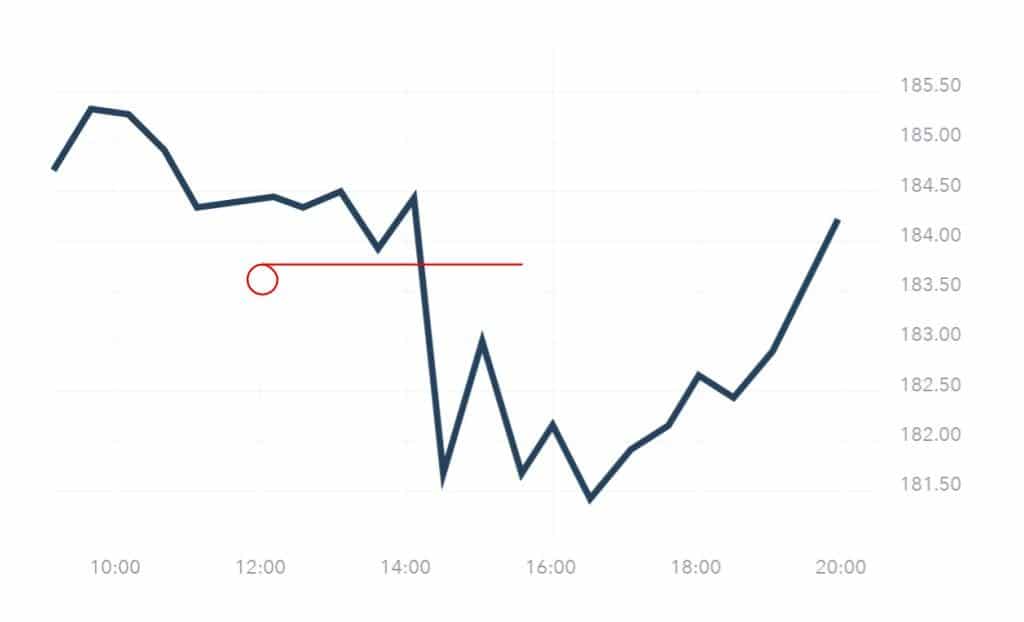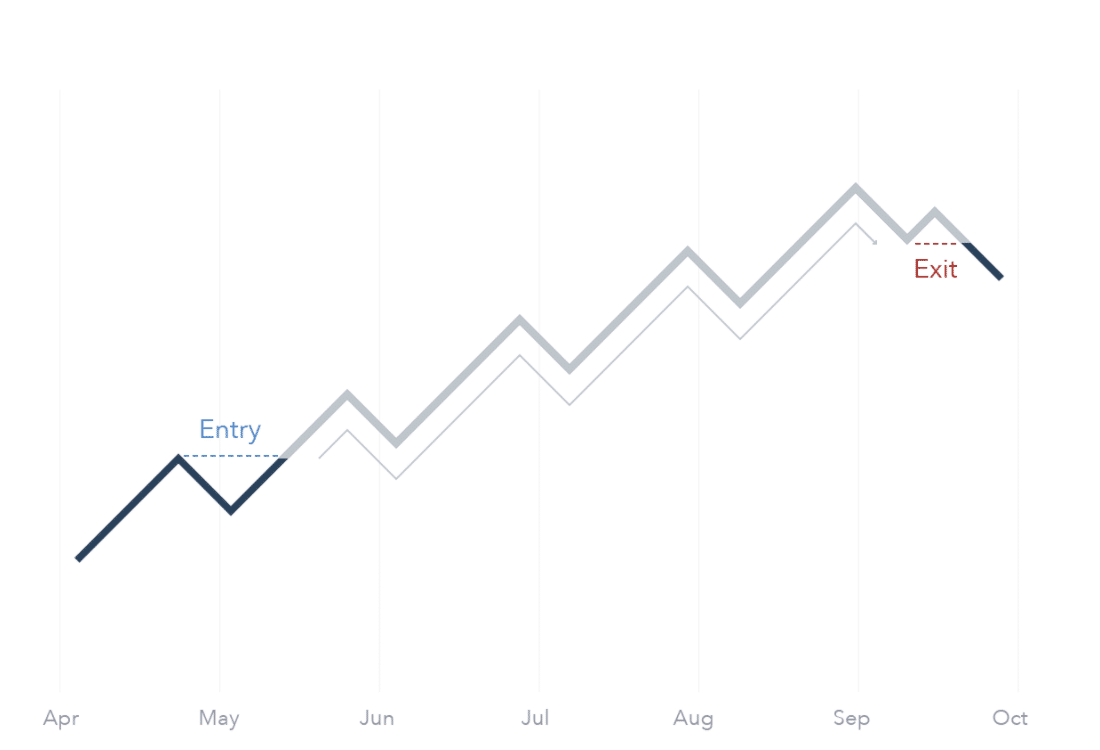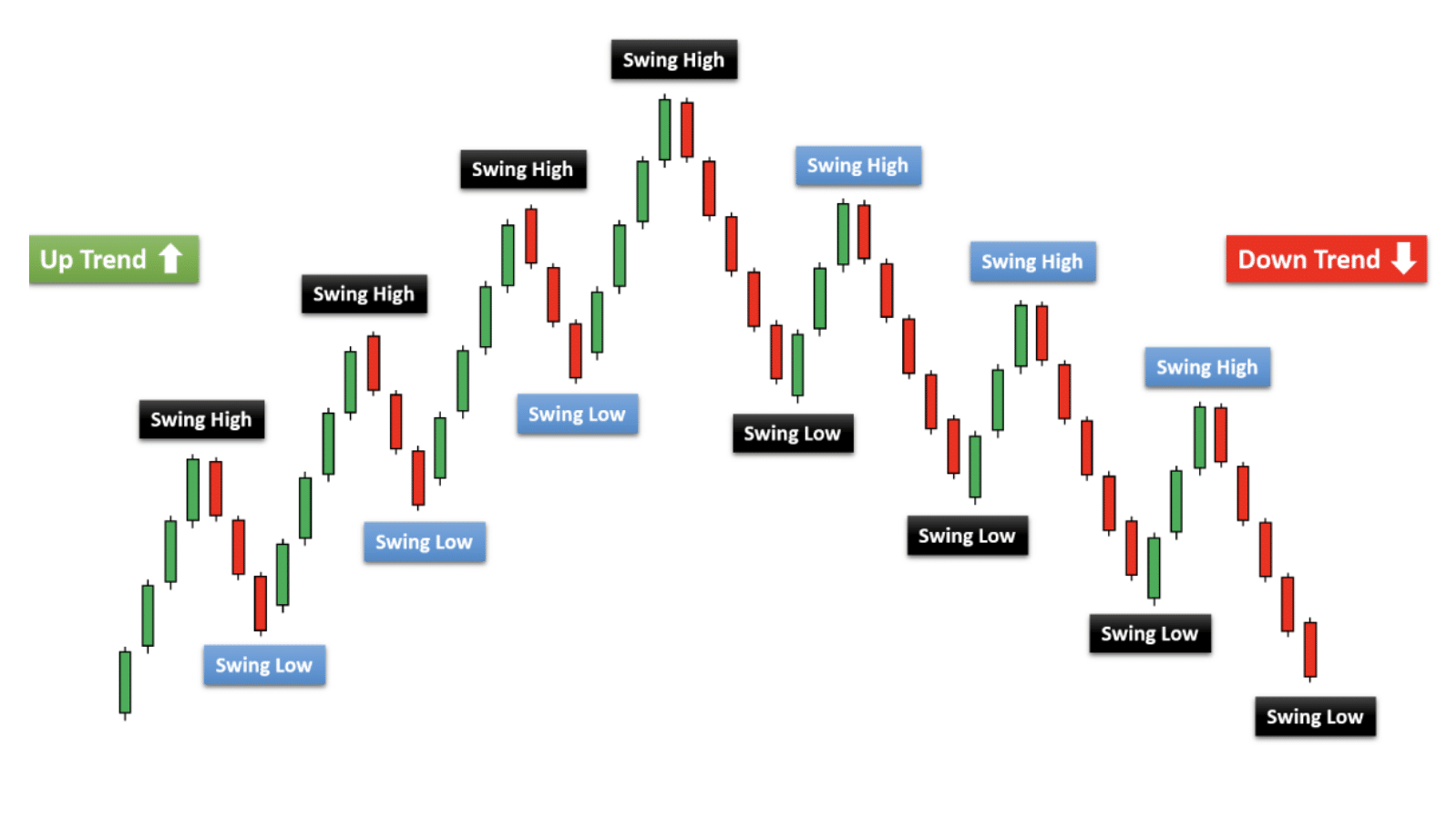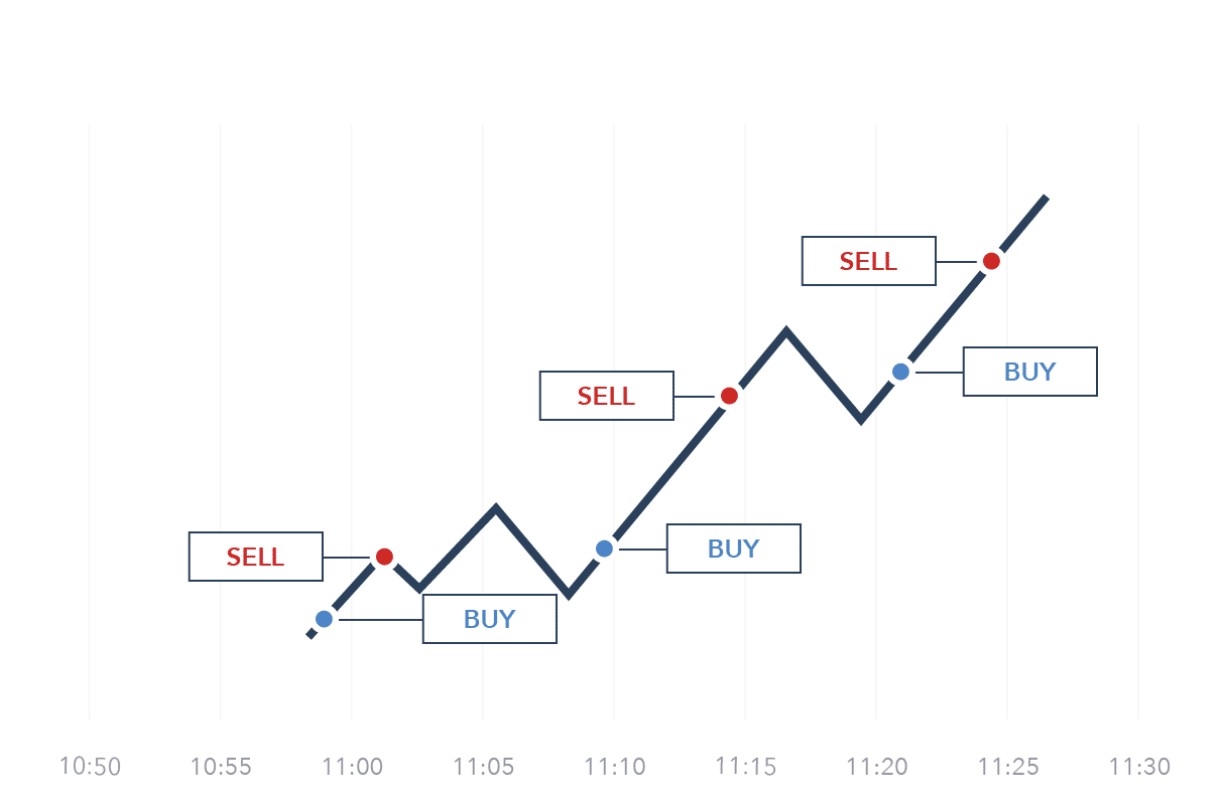Fantasy Finance Trading Strategies To Boost Your Returns
Please note that we are not authorised to provide any investment advice. The content on this page is for information purposes only.
Your trading style will determine which stocks you buy and how you choose them. What are your options? Read on.

Fantasy trading contests are short-term contests in which users are tasked with choosing up to five stocks in their virtual portfolio.
Over the course of the 15, or 60-minute game, a user’s predictions are tracked alongside real-time NASDAQ data to evaluate their performance.
At the end of any contest, points are awarded based on how well each user did. Users can claim various rewards based on how many points they can accumulate.
Fantasy trading platforms like StockBattle or Investr can provide a great training ground—while actually earning users a little something to boot. There are several different styles for trading on fantasy platforms. We’ve outlined a few of the most common below.
What Styles of Trading Are There?
When talking about trading, there are two main styles—active and passive. Passive trading is your conventional “buy-and-hold” investment style. However, this approach is pretty hands-off and doesn’t really let people actually manage their investments. Active trading is ideal for people who want to get their hands a little dirty and actually make some money.
What is Active Trading?
Active trading is based on exploiting short-term fluctuations in the prices of stocks. Active traders value short-term movements and capturing market trends before they reverse course. Active trading can be a complicated and demanding practice, but it is far more likely to produce returns over the short term than more passive investments.
What Are Active Trading Styles?
Day Trading
Day trading is what most people probably think of when they think about active trading. As the name implies, day trading is the practice of buying and selling stocks on the same day. Nothing is held overnight, and all positions are closed out by the end of the day. This requires very active management, therefore, most day traders are full-time professionals such as market makers and investment specialists.
However, recent advancements in electronic trading through apps like StockBattle or WealthBase have opened up this style to a wider audience. These fantasy trading platforms allow users to pick and choose up to five stocks and see how they perform in real time, making intraday trades with just a few taps.
Day traders typically look for stocks with a medium to high degree of volatility. The old adage of “buy low, sell high” is especially true of a successful intraday trade.

This is a typical day of a generic stock. Lots of ups and downs. The red circle indicates the best time to buy, after a steep crash, as soon as the price starts to rebound. Then you would simply need to sell at any value above the red line to come out ahead. Of course, this is easier said than done, but the general idea is not complicated.
Position Trading
Position trading—sometimes referred to as “term trading”—is a hybrid of active trading and more passive “buy-and-hold” styles.
Position traders don’t focus as much on the specific prices of a stock, but instead, look to follow the trends of the market. Position trading is about patience and knowing when to hold. Position traders can hold a stock for days, weeks, or even years.

Looking here, we can see a typical setup for a position trade. Let’s say you bought in and have held for a few cycles. But, now you’ve noticed that the peak of the latest climb was lower than the last one. This indicated that the trend was reversing and it was time to sell.
During a fantasy trading contest, this technique can be used to get out before the tide turns. Once a stock has slowed down, it’s time to sell. Don’t wait for it to start crashing. This is a great way of minimizing your risk, while still returning a net gain.
Position trading typically involves fewer trades and longer timelines than day trading. This can lead to a higher potential profit, but also increases a trader’s exposure to risk. Patience is key for successful position trading.
Swing Trading
Swing trading is reliant on the inherent volatility of markets. At the end of a market trend, there is often considerable market volatility. Swing traders will try to exploit this by buying and selling at the moment that the trend reverses.

Here, we see an over-simplified version of a typical swing trader’s record. You would want to buy when the price ticks up and sell when the price ticks down.
Don’t wait for things to make a big swing to get on board. Buy as soon as the price starts to rise and sell as soon as it starts to fall. There’s rarely a “perfect” moment, but there are a lot of “really good” ones.
Scalp Trading
Scalp trading is the fastest and most demanding form of active trading. Scalp traders tend to buy and sell stocks as soon as they show any gain or loss, hoping to capitalize on any fluctuation.
Scalp traders typically only hold stocks for a few seconds to a few minutes, taking small profits, instead, relying on volume. This is the most difficult form of active trading as it requires traders to constantly juggle multiple trades, but is ideal for the fast pace of fantasy finance.
Since most fantasy trading contests only last up to an hour, scalp trading is an ideal trading style as it is the most likely to provide short-term gains.

It’s not uncommon for a scalp trader to buy and sell the same stock multiple times in a row as it continues to rise. This results in a lower overall return but minimizes the risk of any single purchase.
Getting the Hang of Active Trading
Active trading requires considerable management. It can be difficult for new traders to feel confident enough in their abilities to take on such a daunting task.
However, fantasy trading removes much of the risks and provides a safe place to learn the basics while still providing a chance for a tangible return on a user’s time and knowledge.
For those who are interested in active trading, fantasy trading platforms offer the best method of acquainting yourself with the ins and outs of the daily market.
Experience Is the Best Teacher
With so many different styles and strategies to choose from, it can be overwhelming to try and get into the market. However, it’s possible to practice without any real investment.
Fantasy finance platforms like StockBattle, Investr, or WealthBase are revolutionizing the industry by letting anyone try their hand at playing the market in a fantasy trading contest.
Start Trading Today
Active trading on fantasy trading platforms represents the best way to start learning the stock market. Fantasy trading contests can help users get comfortable with buying and selling stocks with little or no upfront investment.
If you’ve ever been curious about getting into the stock market, there’s never been a better time. Signing up is free and users can start playing right away. Learn just how good you are and maybe even earn a little something for your efforts.





